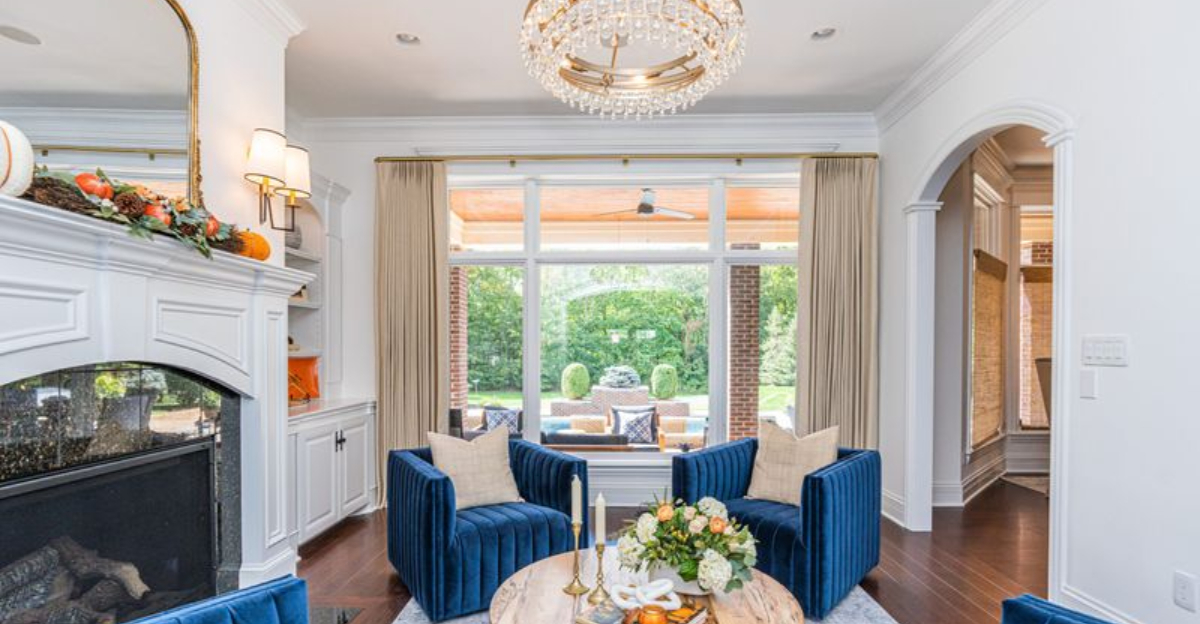HGTV’s Home Town has captivated viewers with charming renovations in Laurel, Mississippi. Hosts Erin and Ben Napier create beautiful spaces with southern flair, but not all their design choices translate well to every home.
Before you grab a sledgehammer and channel your inner Home Town enthusiasm, consider these questionable pieces of advice from the popular show.
1. Overusing shiplap everywhere
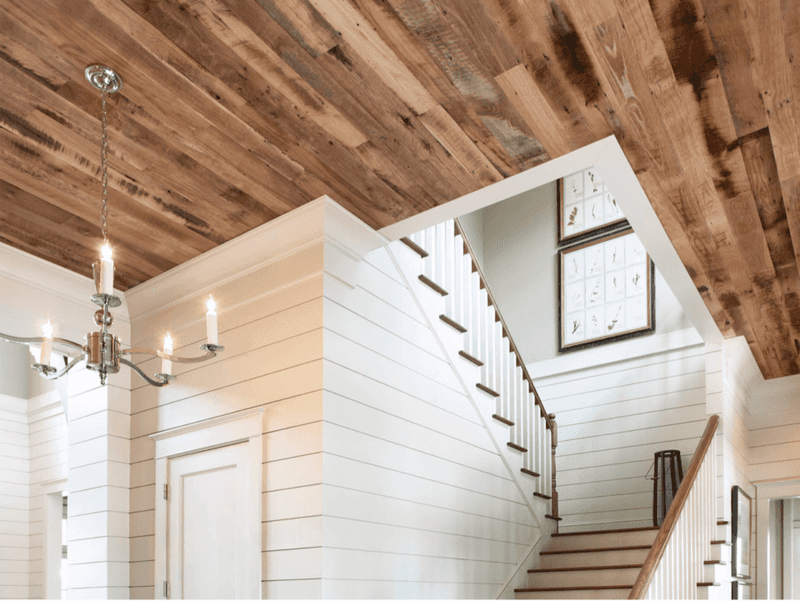
Remember when every wall suddenly needed horizontal wooden planks? The Napiers adore shiplap, but slapping it on every surface creates a nautical overload that quickly becomes dated.
Moderation is key with any trendy material. Consider using shiplap as an accent rather than your home’s defining feature, especially if you don’t live in a coastal area.
2. Ignoring practical storage needs
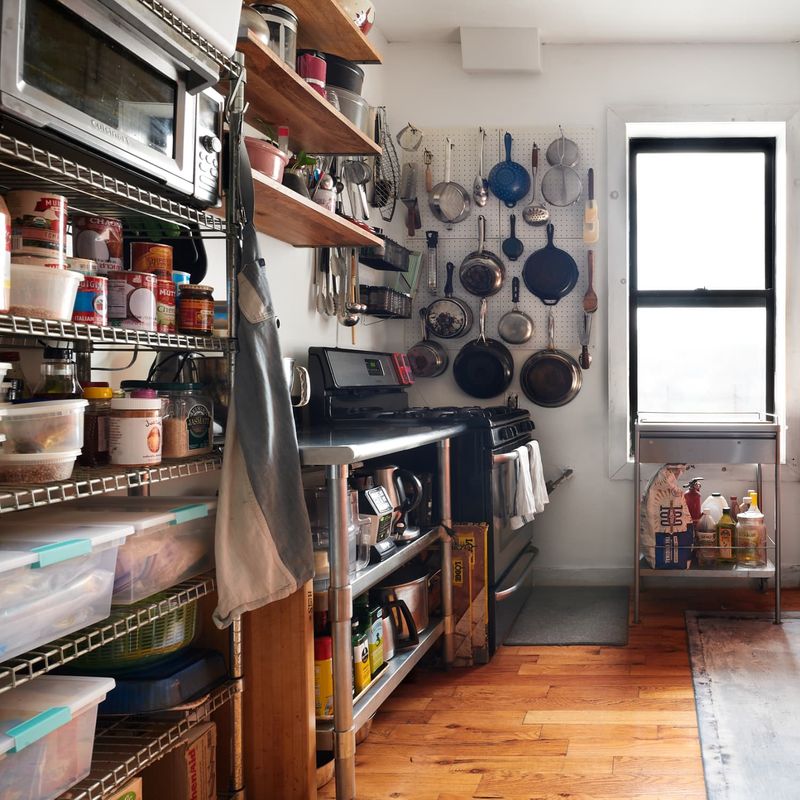
Open shelving looks dreamy on camera but creates a dust-collecting nightmare in real life. Who actually has a perfectly color-coordinated dish collection?
Real homes need functional storage solutions that hide everyday clutter. While the show prioritizes aesthetics, most families require cabinets with doors to conceal the chaos of daily living.
3. Choosing trends over timelessness
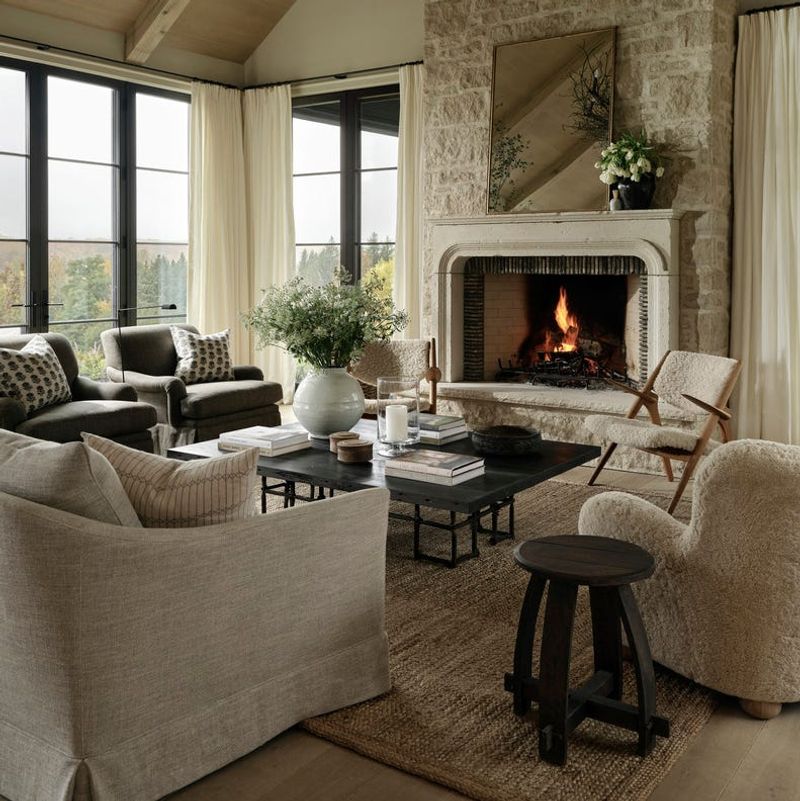
Jumping on every design bandwagon leads to regrettable choices. Remember when Edison bulbs and barn doors appeared in every episode?
Fads fade faster than you can say “renovation loan.” Instead of mimicking the latest Home Town trend, invest in classic elements that won’t look dated before your paint even dries.
4. Painting brick walls white

Once you slap white paint on brick, there’s no going back. The Napiers frequently whitewash historic brick, permanently altering character that took decades to develop.
Painting brick requires ongoing maintenance as it chips and shows dirt easily. Natural brick ages beautifully and provides texture that painted surfaces simply cannot match.
5. Installing too many floating shelves
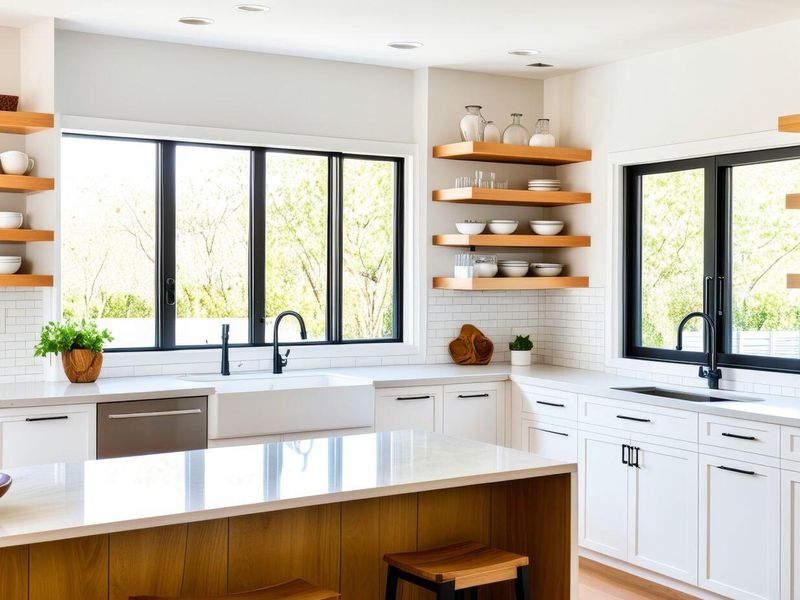
Floating shelves look minimalist and modern on TV but quickly become clutter magnets in real homes. Where do you put the ugly-but-necessary items?
Most families need substantial closed storage. While a few strategic open shelves can showcase special pieces, relying on them exclusively creates a styling burden most homeowners aren’t prepared to maintain.
6. Prioritizing aesthetics over function
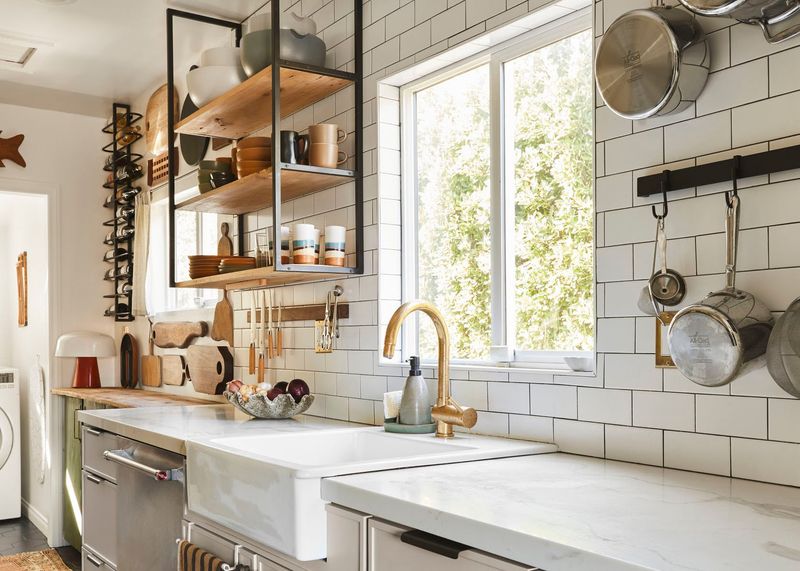
Gorgeous kitchens with inadequate counter space make for stunning reveals but frustrating daily use. Form should follow function, not the other way around.
Real cooking requires proper work zones and practical layouts. While the camera loves a statement light fixture or decorative hood, sacrificing workspace for visual impact creates daily inconveniences long after the film crew leaves.
7. Neglecting proper lighting plans
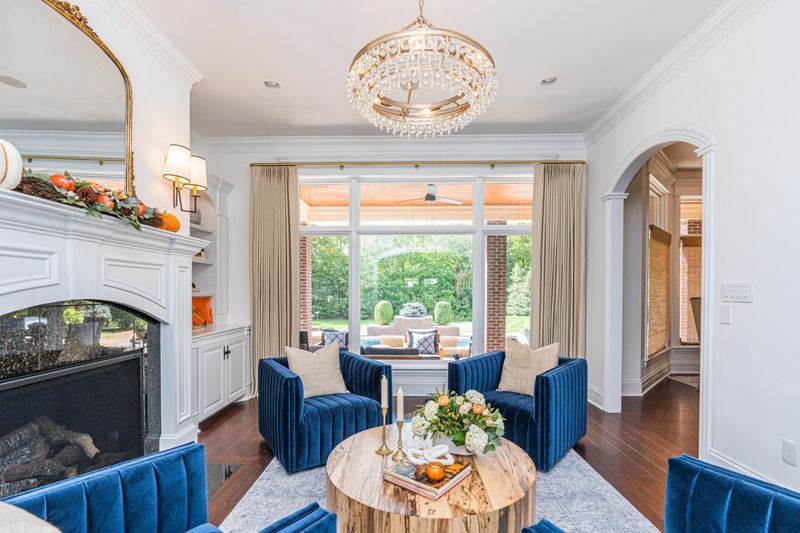
Atmospheric lighting makes for dramatic television but terrible task lighting. Many renovated spaces on Home Town lack adequate illumination for everyday activities.
Effective lighting requires multiple sources at different heights. While pendant lights create visual interest, they must be supplemented with task lighting for functionality and safety in working areas.
8. Overcrowding small spaces with furniture
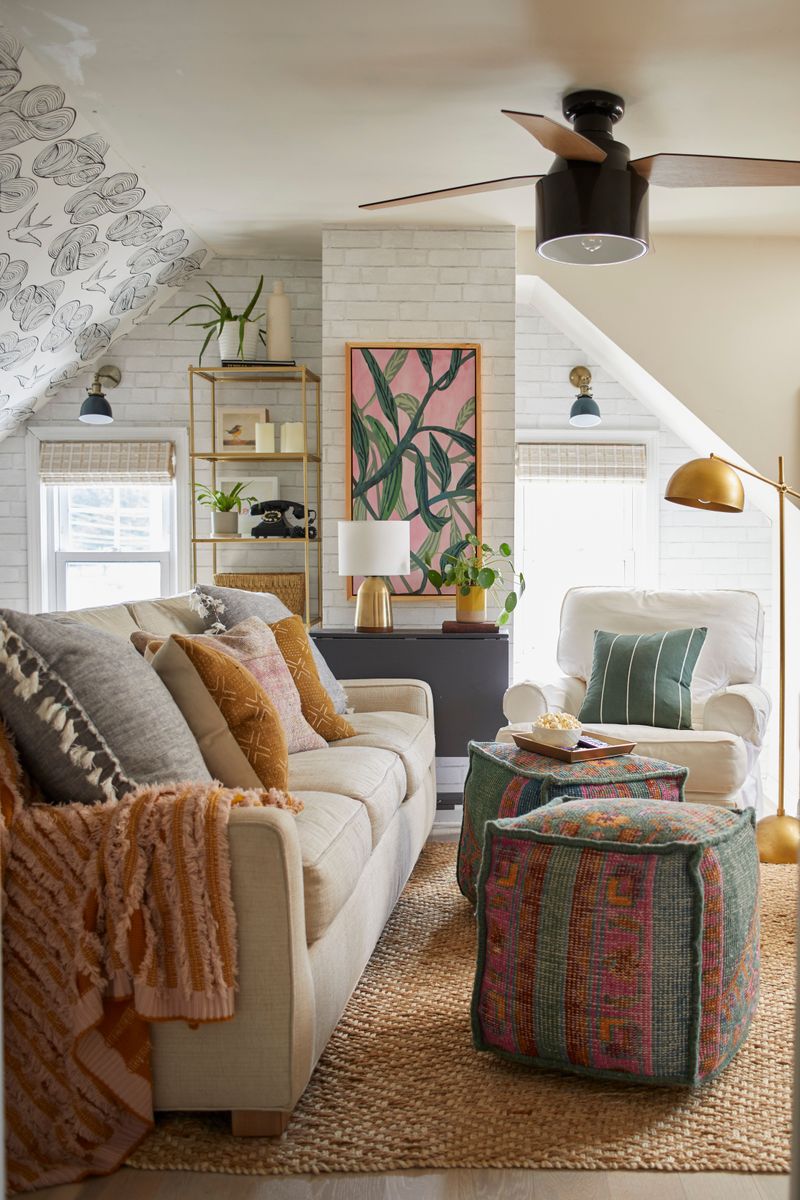
Filling every inch of a room with furniture creates a cluttered look that’s hard to navigate. Proper spacing allows for comfortable movement and visual breathing room.
Less is often more in compact areas. While the show frequently stages spaces with multiple furniture pieces, real-life livability requires thoughtful negative space and room to actually move around.
9. Skipping window treatments
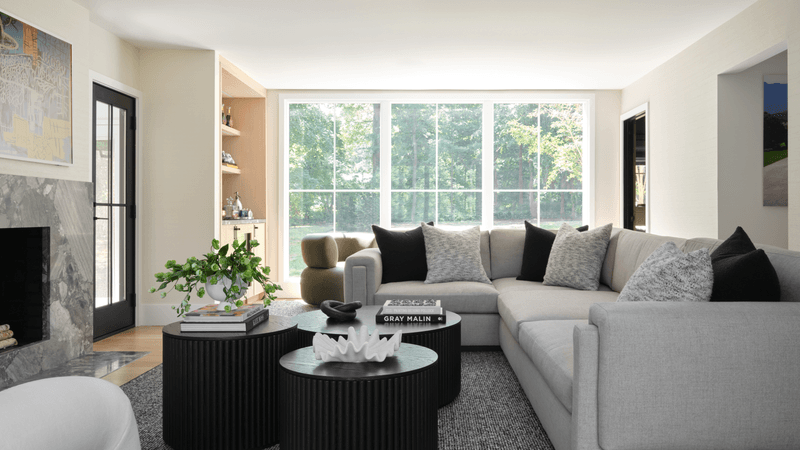
Bare windows look clean on camera but offer zero privacy in real homes. Many renovated spaces on Home Town mysteriously lack curtains or blinds.
Window coverings serve multiple practical purposes beyond aesthetics. They provide insulation, light control, and essential privacy that most homeowners require, especially in bedrooms and bathrooms.
10. Using all-white kitchens without contrast
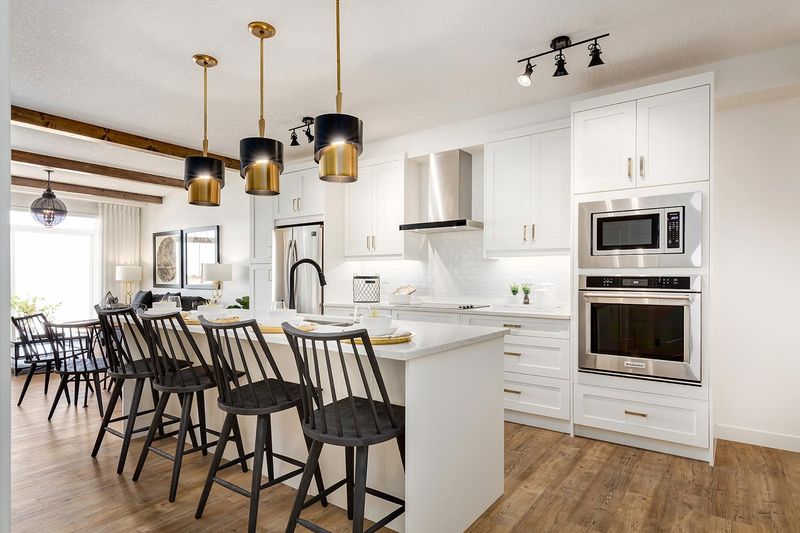
All-white kitchens look pristine on television but show every speck of dirt in reality. Maintaining that showroom-perfect appearance requires constant cleaning.
Incorporating some darker elements creates visual interest and practical camouflage. While white kitchens photograph beautifully, mixed materials and contrasting colors create more forgiving, livable spaces for everyday cooking messes.
11. Relying on cheap hardware upgrades

Swapping out cabinet pulls seems like an easy fix, but bargain hardware quickly shows its flaws. Budget knobs loosen, finish wears off, and proportions often look wrong.
Quality hardware is worth the investment for items touched daily. While the show might suggest this as a quick budget fix, spending more on fewer, better pieces yields superior long-term results.
12. Ignoring outdoor curb appeal

Focusing solely on interiors neglects your home’s first impression. The exterior deserves attention beyond a quick coat of paint and potted plants.
Landscaping and architectural details significantly impact property value. While dramatic interior reveals make for exciting television, comprehensive renovations should address structural exterior issues and thoughtful landscaping for true transformation.
13. Overcomplicating simple layouts
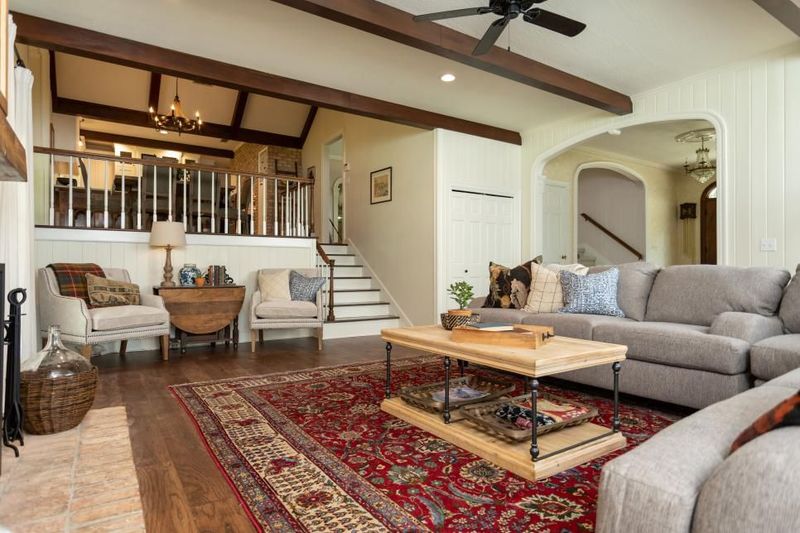
Adding unnecessary architectural features to basic spaces creates maintenance headaches. Not every room needs a statement ceiling or custom built-in.
Simplicity often yields more livable, adaptable spaces. While television thrives on dramatic transformations, sometimes the wisest renovation preserves a straightforward layout while updating finishes and functionality.
14. Mixing too many design styles

Combining farmhouse, industrial, mid-century, and traditional elements creates visual confusion rather than eclectic charm. Cohesive design requires restraint.
Successful eclectic spaces maintain connecting threads through color, scale, or period. While the show often incorporates multiple styles, thoughtful curation rather than random combination creates more sophisticated, timeless interiors.
15. Choosing carpet over hardwood in high-traffic areas
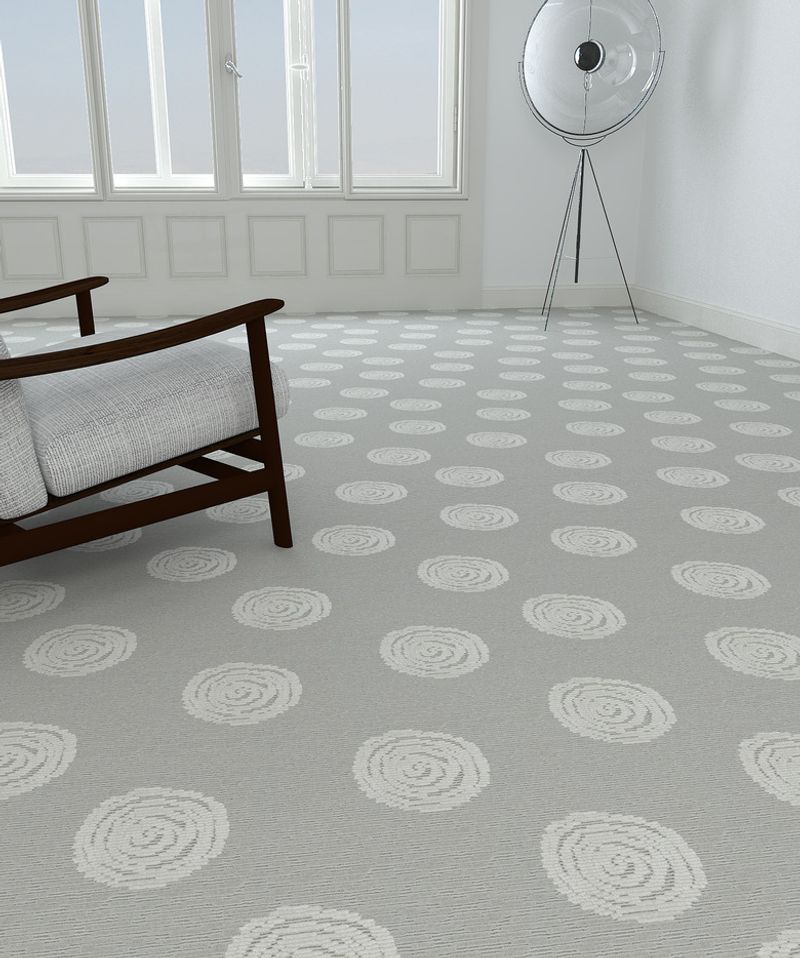
Wall-to-wall carpet in living areas might seem cozy but quickly shows wear paths and stains. High-traffic zones need durable flooring solutions.
Hardwood or quality hard surfaces with area rugs offer the best of both worlds. While carpet provides acoustic benefits and softness, limiting it to bedrooms prevents the rapid deterioration that makes homes look dated and worn.
16. Rushing renovations without planning

Compressed television timelines suggest renovations can happen overnight. In reality, proper planning prevents costly mistakes and delays.
Thoughtful design requires time for material sourcing and contingency planning. While Home Town creates dramatic transformations in 30-minute episodes, realistic renovations need detailed planning phases that consider both immediate needs and future functionality.

